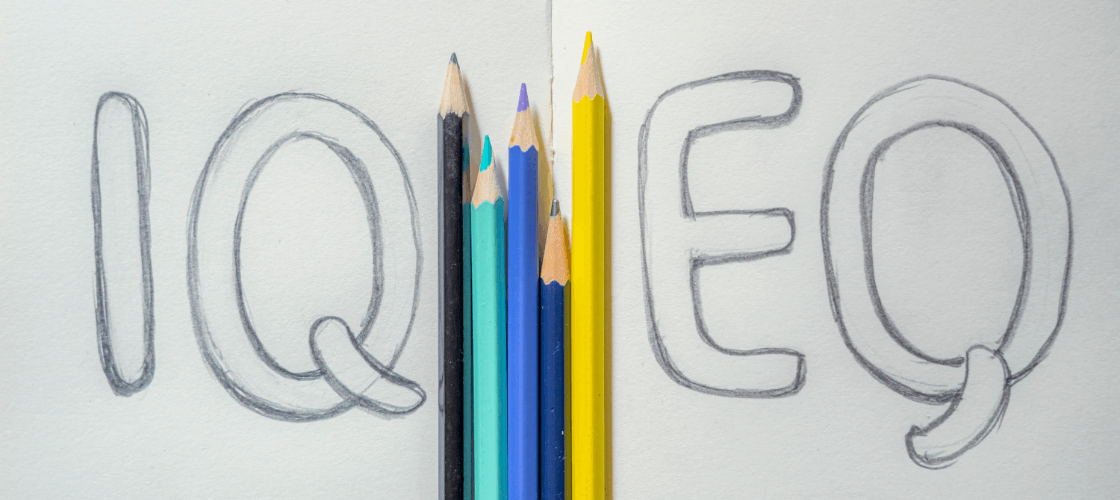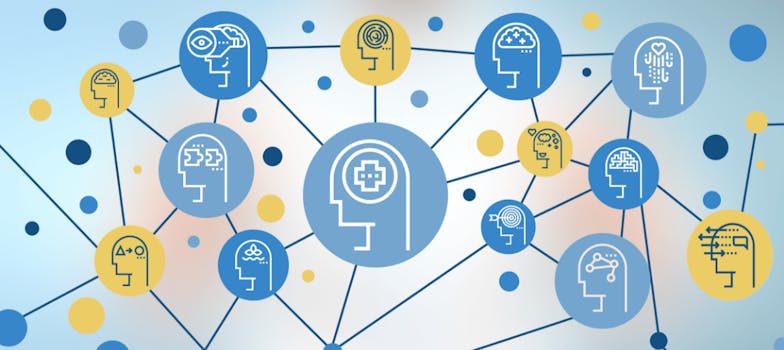When it comes to intelligence testing, the Stanford-Binet Test and the Wechsler Adult Intelligence Scale (WAIS) are used widely to assess cognitive abilities. These tests have been developed over decades and are designed to test a person’s logical, spatial, mathematical and linguistic skills. The Raven’s Progressive Matrices, on the other hand, is a completely culture-fair test, which means that people from any cultural or ethnic background can take it as it does not address language-specific concepts. The test was created by John C. Raven who developed it for research purposes. It was not before long that psychologists were using an adapted version of the test to select officers for the British Army.
In the 1990s, a Northwestern University graduate by the name of Eldon Wonderlic developed a contemporary test called the Wonderlic Contemporary Cognitive Ability Test (also known as the Cognitive Ability Test). It became popular amongst employers who wanted to test potential candidates on their problem-solving abilities.
To-date, these tests all share the same goal: to measure certain types of intelligence. The online IQ test below was developed in Berlin, Germany by an experienced team of leaders in the field of digital assessment. Based on aspects of both the Stanford-Binet and Weschler principles, this IQ test has been curated to measure intelligence through the careful analysis of an individual's ability to correctly answer questions that measure their logical, linguistic, and reasoning skills.
You can take the IQ test today to see how you score!
TAKE THE TESTOver the years, there has been a lot of focus on emotional intelligence, especially when it comes to workplace success. Unlike an IQ test, an emotional intelligence (EQ) test measures an individual’s ability to understand their emotions and the emotions and motivations of others—as a result, this helps employers identify outstanding leaders and co-operative team players. An EQ test does not test logical reasoning skills but concentrates more on an individual’s ability to build solid relationships.
Stanford-Binet Intelligence Test
The first IQ test, developed by Alfred Binet, was used in schools to identify children that needed help in certain areas of learning—such as retaining information, verbal comprehension, and problem solving.
Since then, it has undergone several revisions and is now considered a standard form of measuring intelligence in the United States. The average score is 100 and if you can score in the range of 110-120, then your level of intelligence is generally considered above the average.
The Stanford-Binet test is also used by companies that are seeking new employees and is considered by many to be an integral part of the recruitment process. In order to identify certain strengths and weakness of a prospective employee, these tests are adapted to assess an individual's ability to:
-
Process and store information
-
Memorize numbers
-
Identify similarities and differences in patterns and objects
-
Complete shape rotations and forms
-
Assemble objects and cubes
-
Perform mathematical exercises
What’s interesting about the Stanford-Binet test is that it was developed as a timed test. This had some limitations because various factors could be considered when calculating the results, such as the test-taker’s mood, interest level and physical well-being at the time of the test.
Sixteen years later, the Wechsler Intelligence Test (WAIS) was introduced to address, what it’s creator David Weschler considered, the weaknesses of the Stanford-Binet.
The Wechsler Intelligence test: (WAIS) and (WISC)
These tests were developed in the mid 1950s, and much like the standard IQ test, are used by schools, employers and psychologists to test an individual’s cognitive reasoning abilities. The main difference between the two is that the WAIS (Wechsler Adult Intelligence Scale) is designed for individuals aged 16 and up, whereas the WISC (Wechsler Intelligence Scale for Children) is for children between the ages of 6 and 16. While the Stanford-Binet emphasized the timed component of the test, the WAIS contains only some sections that are timed. Another important development was that the WAIS test did not give just one score, like its predecessor, but provided the test-taker with a whole profile outlining their strengths and weaknesses.
The Wechsler Intelligence Scale for Children was developed primarily to test a child's intellectual ability and is still used in some schools today to identify children with specific learning difficulties, such as dyscalculia (the inability to comprehend arithmetical calculations) and dyslexia (having difficulty reading and identifying speech sounds in relation to words).

Are there other types of intelligence tests?
There are many other standardized intelligence tests outside of WAIS, WISC, and the Stanford-Binet—but one thing that unites them all, is the way in which they measure a range of cognitive skills and abilities.
Raven’s Progressive Matrices Test
This intelligence test is designed to be culturally appropriate, meaning that it relies on non-verbal (language specific) and non-country biased knowledge. Instead, questions are centered around abstract and cognitive reasoning. Much like the Stanford-Binet and the Wechsler Intelligence Test, it is comprised of 3x3 pattern designs in which the last picture is missing. Out of the eight picture answers that are available, the test-taker must complete the sequence by determining what comes next. They must rely on the patterns and sequences that have come before to map out a way forward so that the last picture makes logical sense.
The Cognitive Ability Test
Sometimes called the Wonderlic Cognitive Ability Test, this test has been used by employers and psychologists to assess an individual’s aptitude for learning and problem-solving. The test mimics questions used in a standard IQ test and prepares candidates for different career opportunities. It measures a person’s ability to cope in stressful situations by prompting them to understand instructions and adapt their thinking to a variety of possible outcomes. You can take a free Cognitive Ability Test on our partner site to prepare for an IQ test or simply to train your brain to think in a more flexible way.
TEST YOUR COGNITIVE ABILITY
Emotional Intelligence Tests
In 1995, Daniel Goleman, a science reporter for the New York Times, started talking about the importance of emotional intelligence and its influence in making informed decisions. He got to know the concept through an academic journal in which John Mayer and Peter Salovey stated that emotional intelligence is just as important as IQ. Since then, there have been numerous emotional intelligence tests and exercises (used by employers, psychologists, colleges and schools) designed to better understand how the human psyche works.
TEST YOUR EQHere are some key differences between an IQ test and an EQ test:
| IQ Test | EQ Test |
|---|---|
| Examines your ability to learn, reason, comprehend logical concepts. | Measures your ability to identify and assess your emotions and the emotions of others |
| Measures your word comprehension skills | Tests your ability to express and control emotions to aid thinking + solve problems |
| Tests your mathematical skills | Evaluates your leadership, collaborative and teamwork skills |
| Tests your spatial reasoning | Measures your ability to understand your personal development |
| Tests your ability to filter information | Evaluates your ability to cope in stressful situations |
| Challenges you to arrive at certain conclusions | Challenges you to see things from a different perspective |

